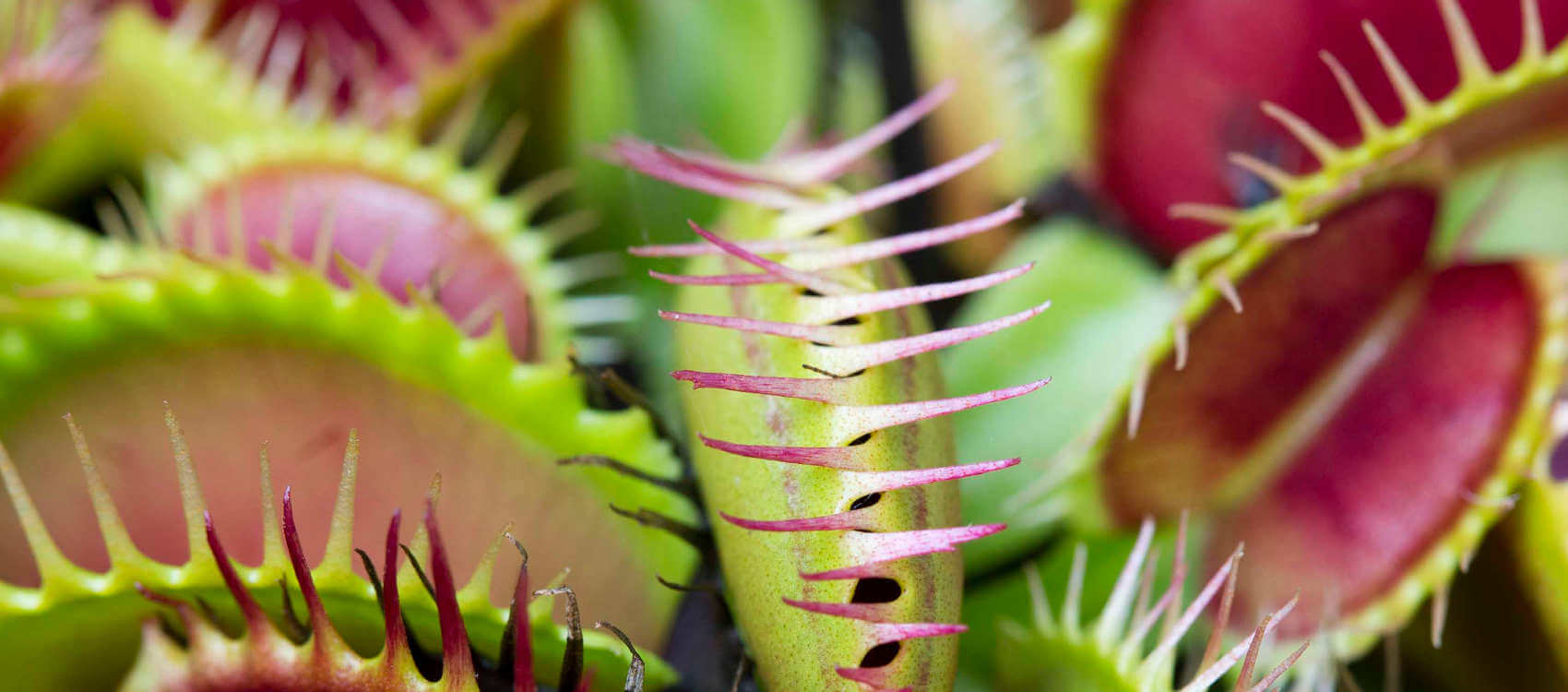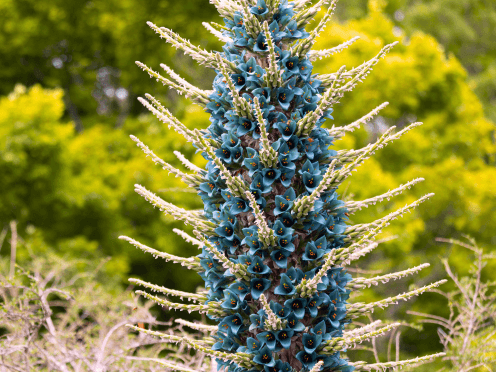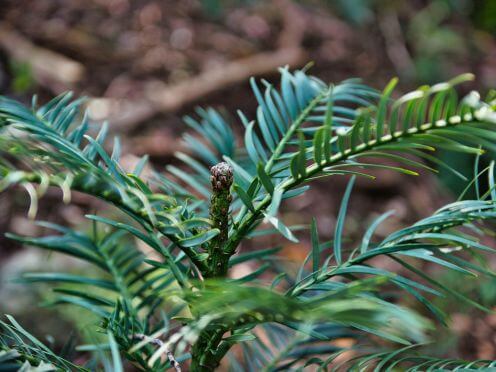If you have seen an Attenborough documentary, you’ve no doubt been fascinated by the strange world of carnivorous plants. If you've bought one only to watch it shrink, turn brown and die in autumn, you could have been mistaken. Many carnivorous plants do not die in winter, they just go dormant.
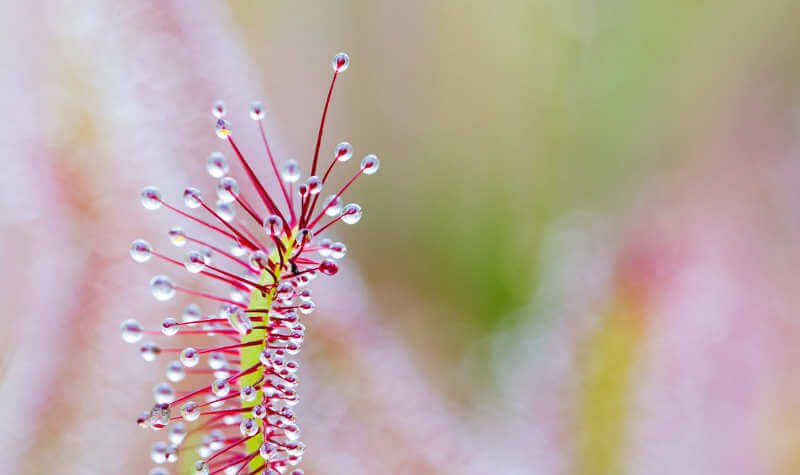
Close up of a Drosera capensis © Greg Bourke
Venus flytraps
I care more about Drosera than the origin of all the species in the world”
Charles Darwin
The tall North American pitcher plants of the genus Sarracenia and the infamous venus flytrap (Dionaea muscipula) are two of the more commonly grown carnivorous plants. They thrive in the bright, warm summer months but come autumn, they slow or completely stop growing and they may look dead. At this time it’s important to keep them from drying out, you can remove dead leaves, and if required, this is the time to repot them. In fact, the venus flytrap really benefits from being potted at least every second year. A mix of either pure sphagnum peat or peat and clean washed river sand is what they need. Don’t over pot them, as long as the plant is not busting out of the pot, it will burst back with new growth in spring.

Sarracenia leucophylla, common name pitcher plant © Greg Bourke
Sundews
The sundews or Drosera are another rewarding group. Charles Darwin, while studying the function of Drosera rotundifolia wrote “I care more about Drosera than the origin of all the species in the world”. They attract prey with glistening drops of sticky fluid atop tentacles which cover the leaves. Sundews are best kept in a bright position, sitting in a tray of water year round. They might slow in growth during winter but most will continue catching and eating insects. You can supplement their diet with a few small flakes of aquarium fish food to help keep them healthy. They enjoy the same potting mix as the venus flytrap and are just as happy in a small pot.
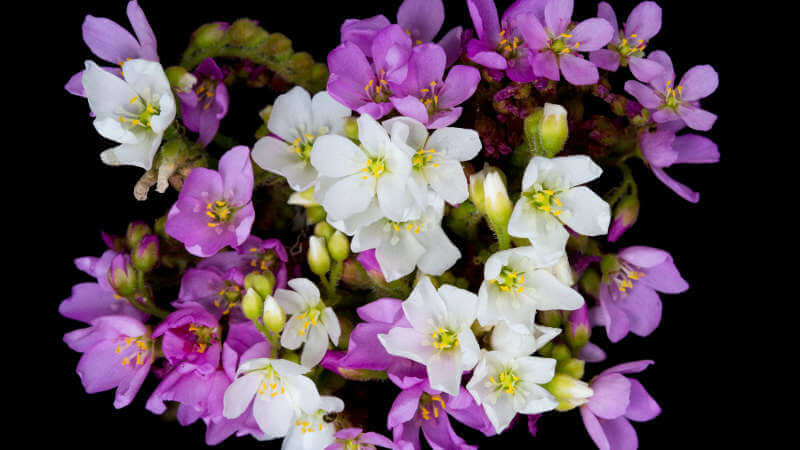
Drosera capensis (sundew) in flower, South Africa © Greg Bourke
Pitcher plants
The climbing pitcher plants or Nepenthes are tropical plants so they don’t go dormant. They often slow in growth over winter and where humidity is low, they may not produce the colourful insect catching traps. Keep your plant protected from dry winds and maintain humidity with regular misting or near a bright bathroom or kitchen window. It’s important over winter not to over water your climbing pitcher plant. They can tolerate being quite dry over the cooler months. If you repot your climbing pitcher plant, they require a free draining orchid mix. Air movement is really important for climbing pitcher plants.
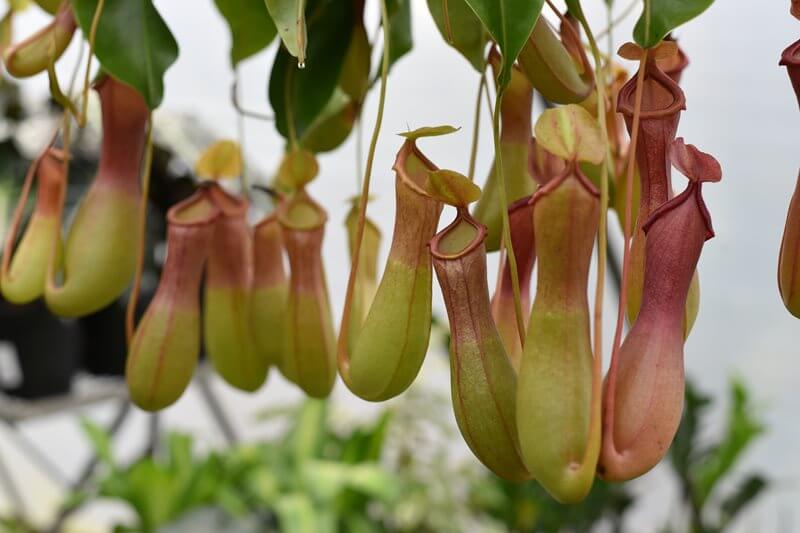
Nepenthes, commonly known as climbing pitcher plants © Greg Bourke
Whether your precious plant is from the temperate swamps of North America or a tropical rainforest, they’re all relatively easy to keep and will thrive for years to come, as long as you follow these few simple rules in the cooler months. You will be rewarded in spring with a flush of new growth and a lot of hungry mouths ready to devour those annoying flies!
If you know of any children fascinated by the world of carnivorous plants head over to our Digital Lab and find out more about Carnivorous Plant Adaptations.
